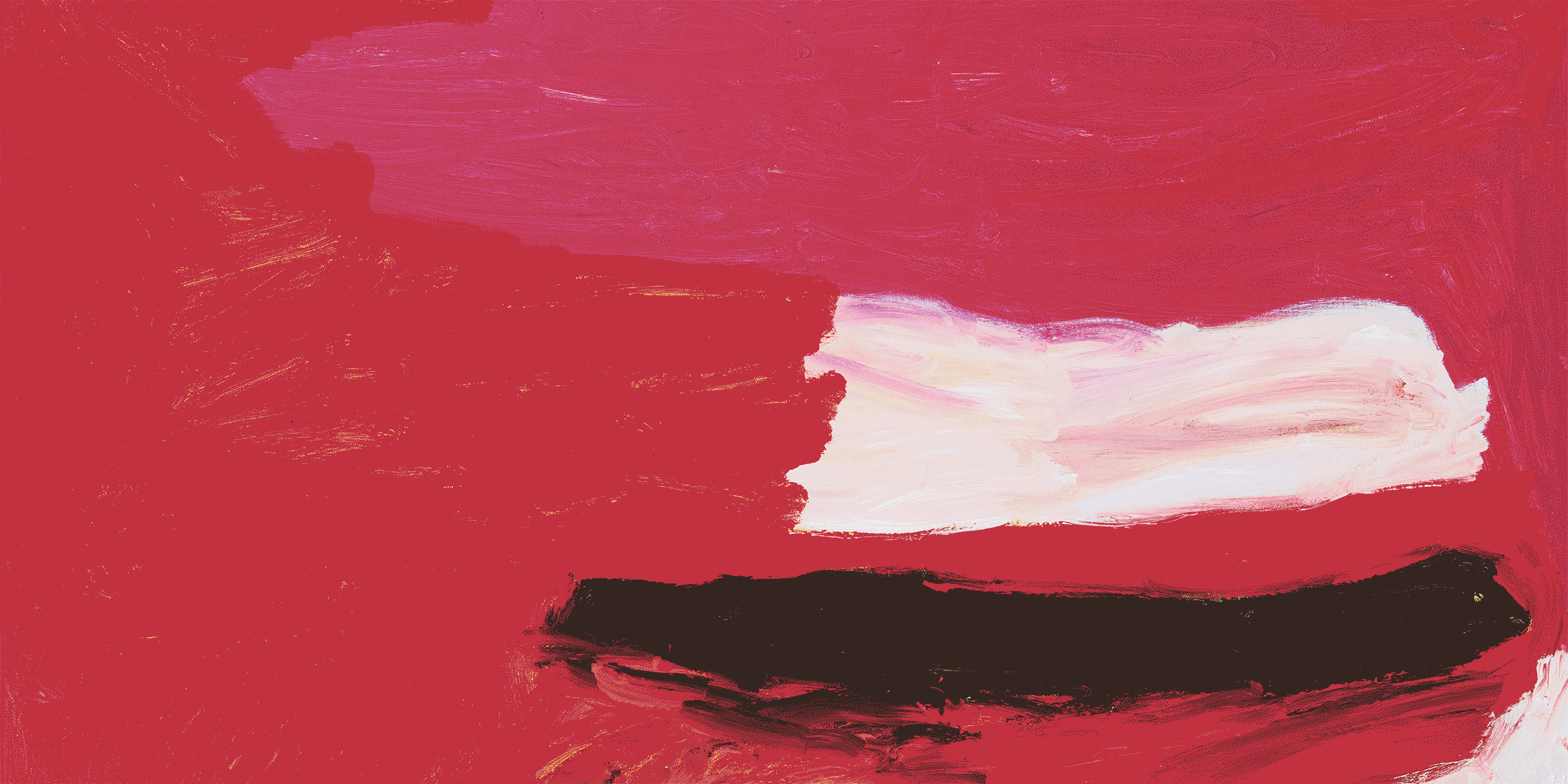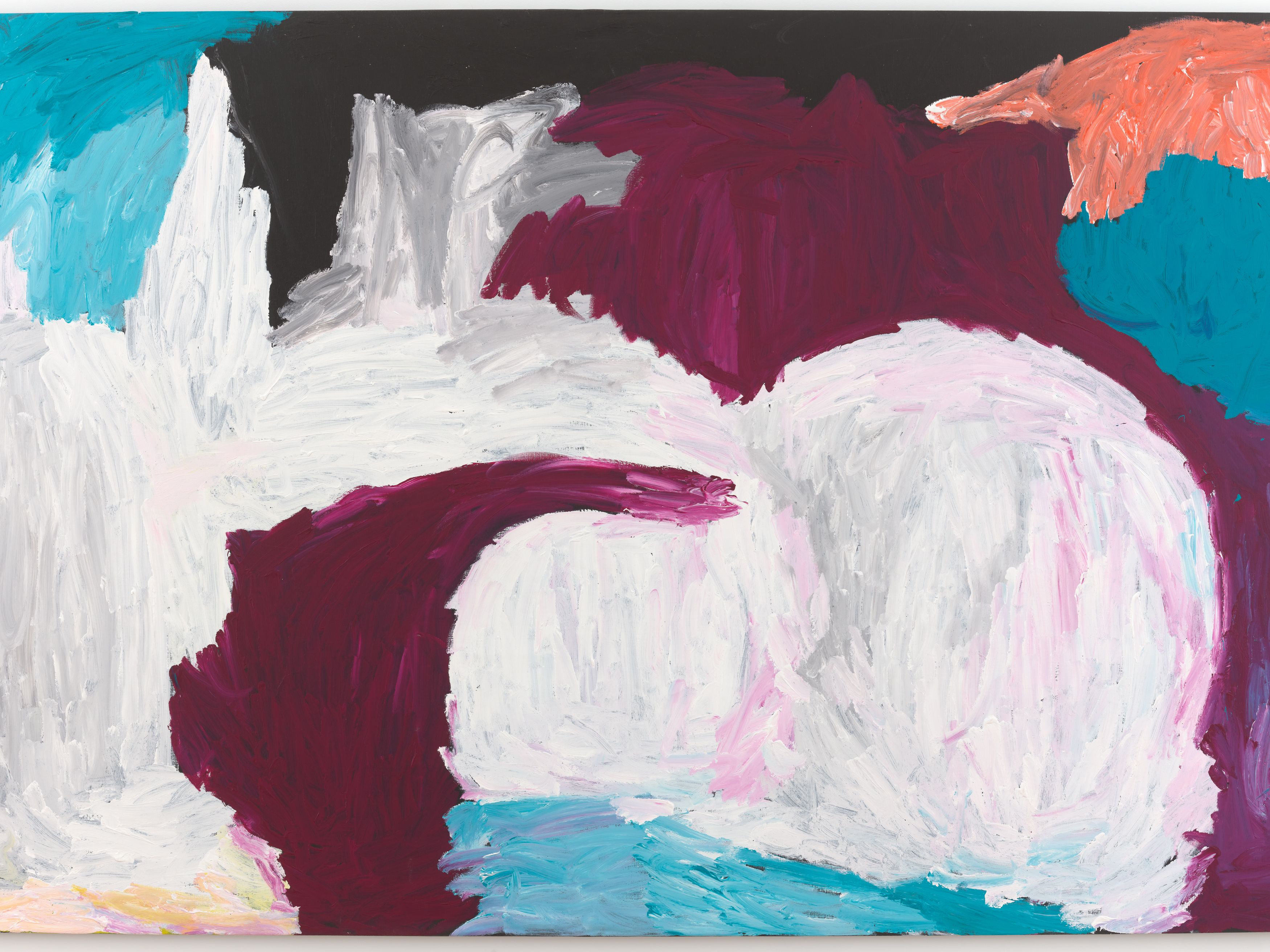Mirdidingkingathi Juwarnda Sally Gabori
C. 1924–2015, Bentinck Island, Gulf of Carpentaria, Queensland; Lived and worked Mornington Island, Gulf of Carpentaria, Queensland
"This is my land, this is my sea, this is who I am."
Artwork
Exhibitions

Desert + Coast: Seven Elder Aboriginal Painters

Frieze Masters 2025
Biography
Mirdidingkingathi Juwarnda Sally Gabori was a senior Kaiadilt woman and a contemporary artist who has left behind an astonishing cultural legacy. Informed by knowledge of Country, cartography, and cosmology, Gabori’s painting practice responded intuitively to the colors, sounds, and feelings of Country. Throughout her work she represented her homelands on Bentinck Island, and sites of deep personal significance—including her husband’s place, Dibirdibi Country, her father’s place, Thundi, her own Country, Mirdidingki, and the first outstation, Nyinyilki.
While born on Bentinck Island in the Gulf of Carpentaria, Queensland, due to extensive droughts and tidal waves from 1947–48, Gabori and the rest of her Kaiadilt community were relocated by Methodist missionaries to Lardil Country on Mornington Island. Here, Gabori continued to live a traditional life, and shared her skills and knowledge, including the art of rolling bark string and making dilly bags and coolamons. She was an accomplished singer of Kaiadilt songs, integral parts of cultural life that helped her maintain a connection to her homelands. Gabori also played a vital role in maintaining the stone-walled fish traps on the shores of Bentinck Island.
In 2005 Gabori was introduced to acrylic paint and canvas at Mornington Island Arts and Crafts Centre for occupational therapy. Soon after, she began painting on canvas, where her signature expressive style and vivid use of color emerged. Gabori’s works typically represent the land and seascapes of Bentinck Island of deep personal significance to the artist. Through color and painterly gesture, she directly responds to her surroundings, depicting experiences and memories that reflect the rhythms and sensations of Kaiadilt Country.
Following her passing in 2015, her incredible legacy was honored in a major retrospective exhibition Mirdidingkingathi Juwarnda Sally Gabori: Dulka Warngiid – Land of All (2016), Queensland Art Gallery | Gallery of Modern Art, Meanjin (Brisbane) and National Gallery of Victoria, Naarm (Melbourne). More recently, in 2022, Gabori was honored with a major solo retrospective at the distinguished Fondation Cartier pour l’art contemporain in Paris, France, which was then presented at the prestigious Triennale Milano, Milan, Italy in 2023. The exhibition was developed in close collaboration with Gabori’s family and the Kaiadilt community, and was accompanied by a significant publication and online archive dedicated to the life and work of the artist—the most exhaustive archive ever compiled on the history of Gabori and the Kaiadilt people to date.
Gabori’s work has been acquired by all state and national galleries in Australia, and international collections such as the Fondation Cartier pour l’art contemporain, Paris, France; Musee du Quai Branly, Paris, France; National Gallery of Victoria, Melbourne, Australia; Kluge-Ruhe Aboriginal Art Collection of the University of Virginia, Charlottesville, USA; Auckland Art Gallery Toi o Tāmaki, Auckland, Aotearoa, New Zealand; Foundation Burkhardt-Felder, Motiers, Switzerland; and the ARTIZON Museum (formerly Bridgestone Museum of Art), Tokyo, Japan.
She has left behind an astonishing creative and cultural legacy and is regarded as one of the most highly regarded and sought-after contemporary Australian artists. Her works continue to be exhibited today.
Press
Frieze
ArtForum
Harper's Bazaar Australia
T Australia